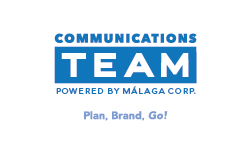If you ever read Alice Steinbach’s profile of a 10-year-old blind boy that appeared in the Baltimore Sun in May of 1984, what you are most likely to remember is that she had you at “Hello.” The first words of Steinbach’s article, entitled A Boy of Unusual Vision, did not invite you to read more so much as they dared you to turn away.
First, the eyes: They are large and blue, a light, opaque blue, the color of a robin’s egg. And if, on a sunny spring day, you look straight into these eyes—eyes that cannot look back at you—the sharp, April light turns them pale, like the thin blue of a high, cloudless sky.
Steinbach’s narrative masterpiece, unsurprisingly, went on to win the Pulitzer Prize the following year and inspired a generation of journalists–if not two– to attempt to mimic the lyricism of those first words. There, are in fact, many reasons to admire Steinbach’s prose–the simple gorgeousness of her language, her use of dialogue, and active voice and, well, we could do this all day. But what could be more compelling, more hypnotic than starting a story about a blind boy by staring straight into his unseeing eyes?
Steinbach doesn’t waste words or time tiptoeing around the boy’s blindness but plunks us right down in front of him. We know by the second sentence that the boy is blind, and by the third that he has been so since birth.
This is all a good lesson for anyone engaged in creating content or brand marketing. Often, the best route to the audience’s heart is the most direct one.









Leave A Comment